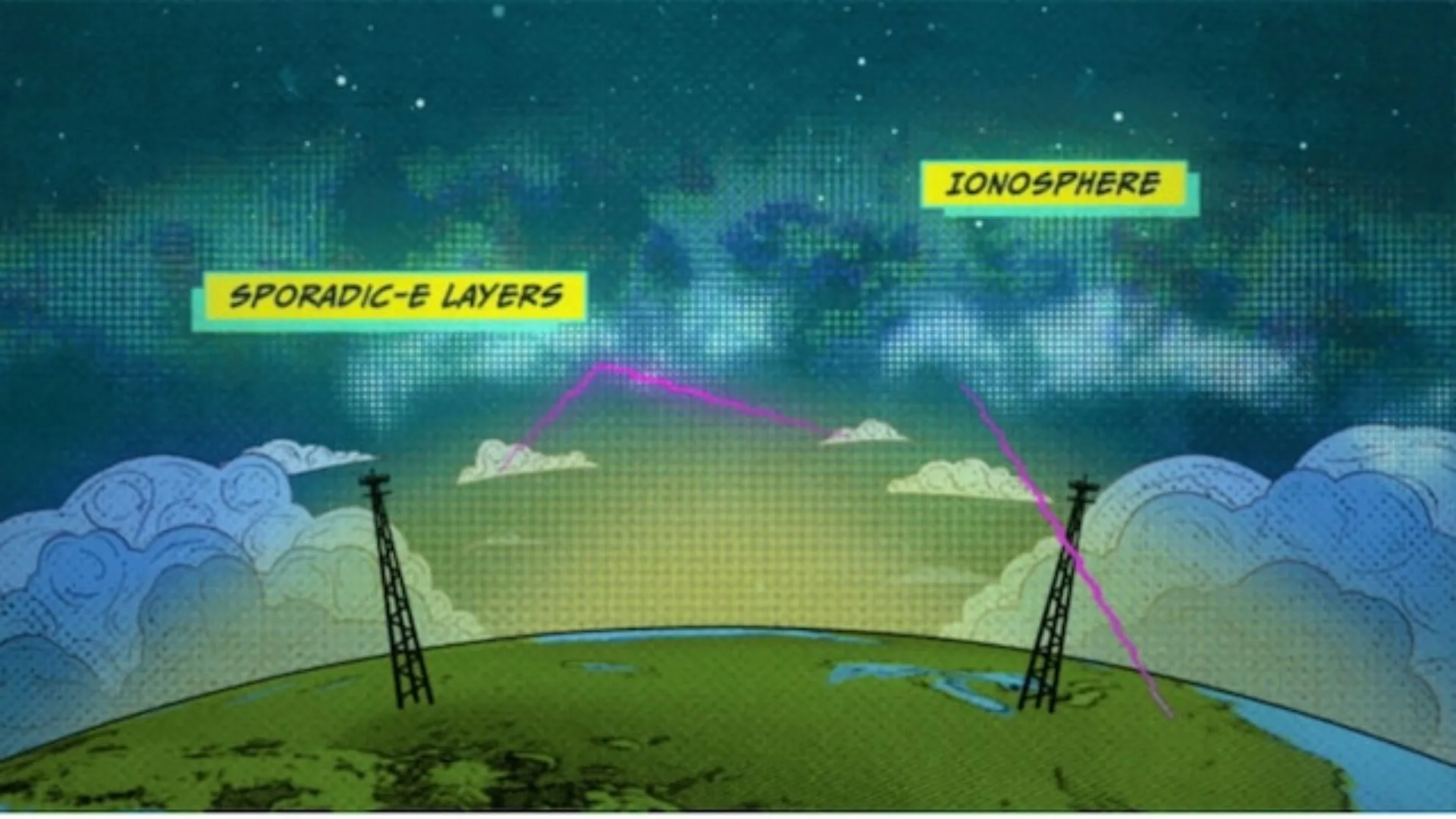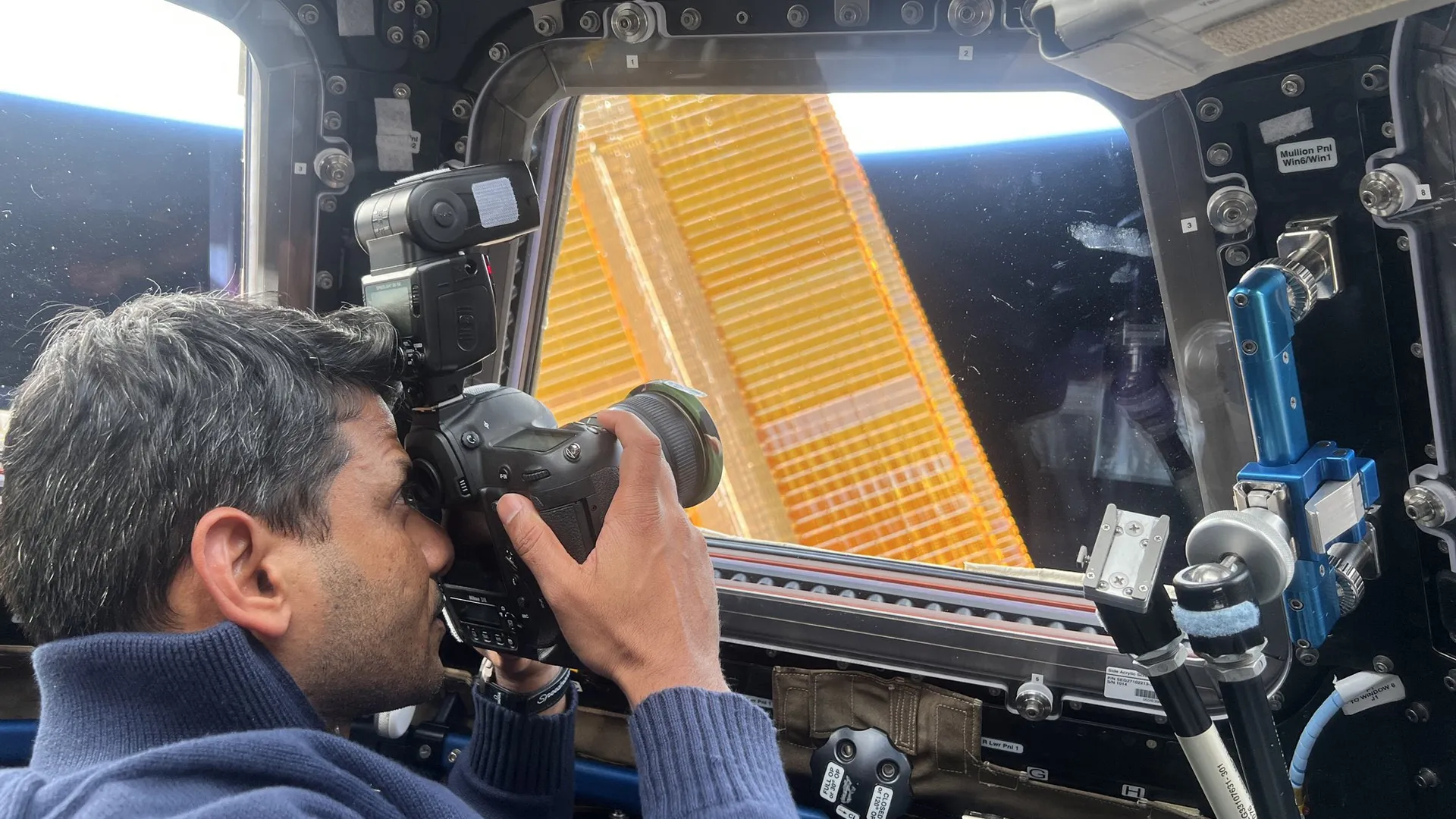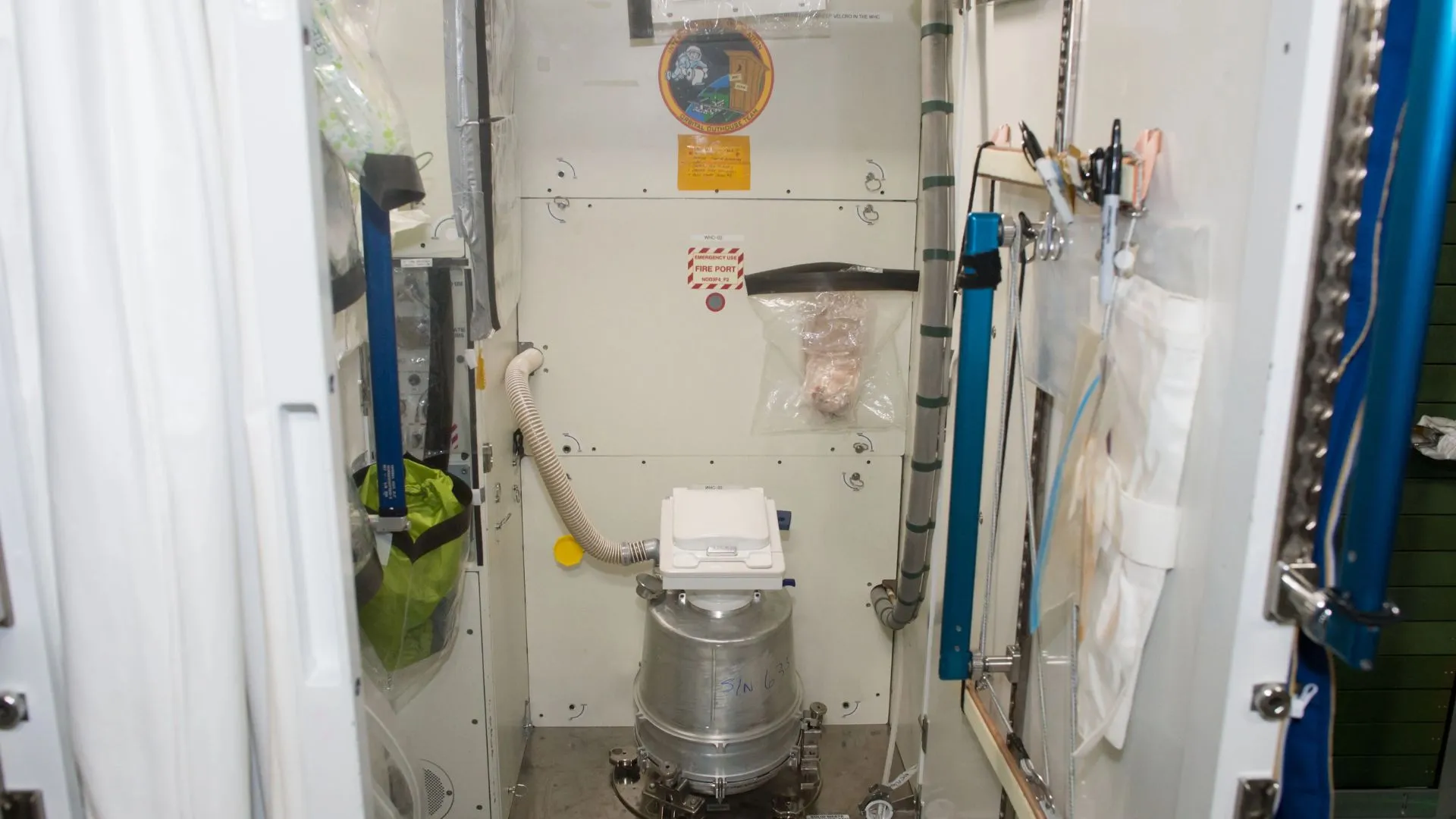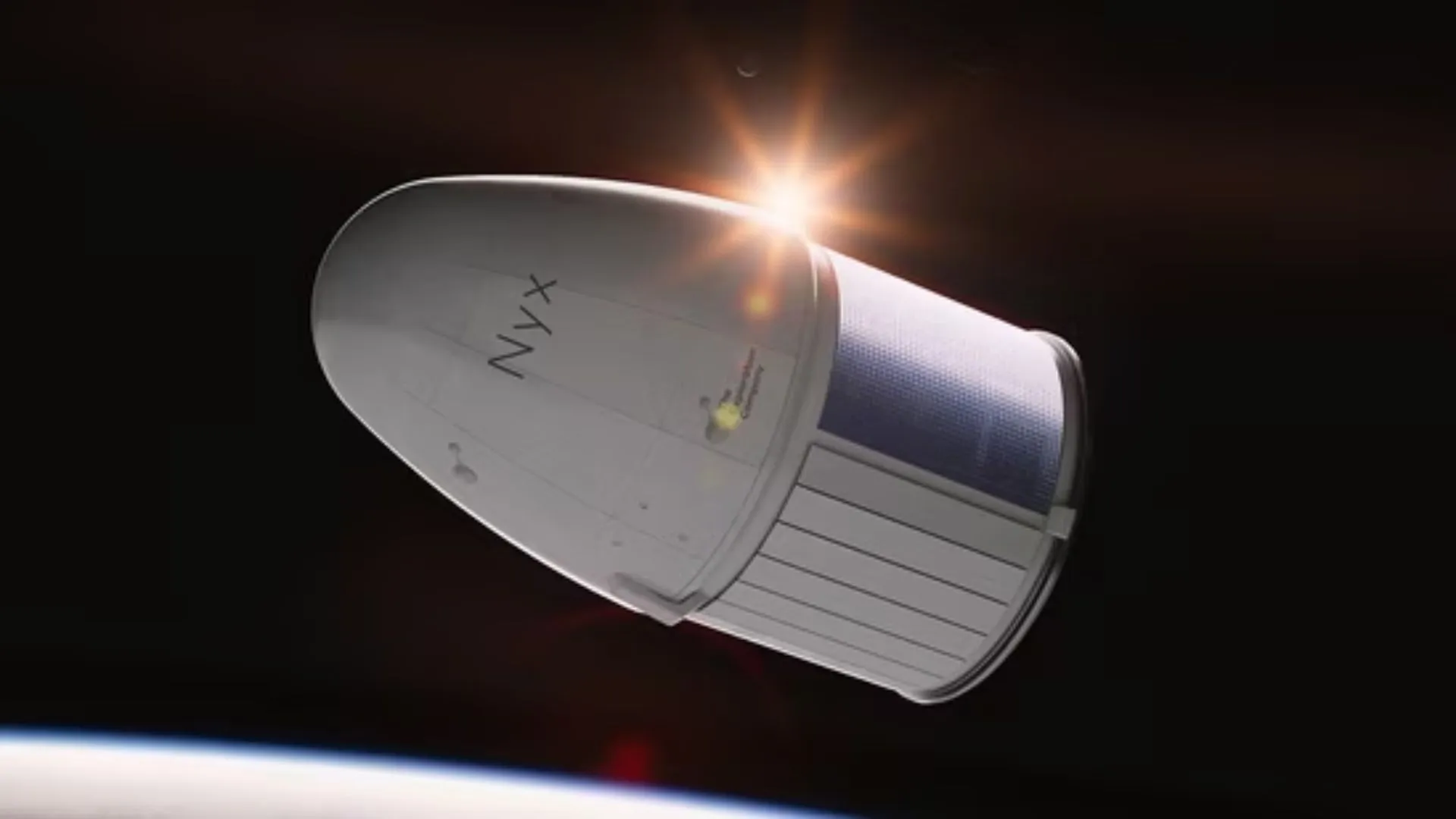NASA is getting ready to launch rockets from the remote Marshall Islands to study unusual cloud-like layers in the upper atmosphere. These so-called Sporadic-E layers can mess with aircraft radios and military radar, making them a top research priority. This makes them important enough to be researched.
The mission, named Sporadic-E ElectroDynamics (SEED), will begin within a three-week window starting Friday, June 13. NASA will launch uncrewed suborbital rockets equipped with scientific tools designed to collect data about these fleeting atmospheric layers in the lower ionosphere.
Sporadic-E Electro Dynamics (SEED)
Sporadic-E layers bounce radio signals back to Earth instead of letting them pass through. This can confuse pilots, ships, and even military radars by creating false or distant signals that seem local or real when they’re not.
“These Sporadic-E layers are not visible to the naked eye and can only be seen by radars,” explained Aroh Barjatya, the principal investigator of the SEED mission. “In the radar plots, some layers appear like patchy and puffy clouds, while others spread out, similar to an overcast sky, which we call the blanketing Sporadic-E layer.”
Barjatya added, “There’s a lot of interest in predicting these layers and understanding their dynamics because of how they interfere with communications.”
How Metal Particles Create a Communication Nightmare ?
Ionosphere is a region of Earth’s atmosphere stretching from about 60 to 1,000 kilometers above the surface. It’s made up of charged particles, or ions. Many of these particles come from meteors that burn up in the atmosphere. They end up releasing ionized elements such as iron, magnesium, calcium, sodium, and potassium.
These heavy metal ions, which are denser than the usual particles found in the ionosphere, often sink to lower levels. They usually sink below 140 kilometers. Sometimes, they group and form dense clouds called Sporadic-E layers, which then cause interference.
NASA’s SEED mission hopes to provide deeper insight into when and how these layers form. They also want to understand how they move and disappear, since they’re known for being unpredictable.























